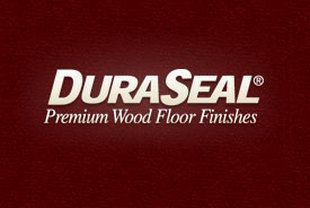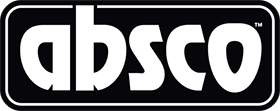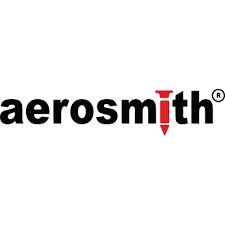Quality Flooring Supplies for Every Project
At J. J. McGlothlin Distributors, we take pride in offering a wide range of top-notch flooring supplies to meet the needs of contractors, homeowners, and flooring enthusiasts alike. Our carefully curated selection includes trusted brands and industry-leading products, ensuring that you have access to the best materials for your flooring projects.


















